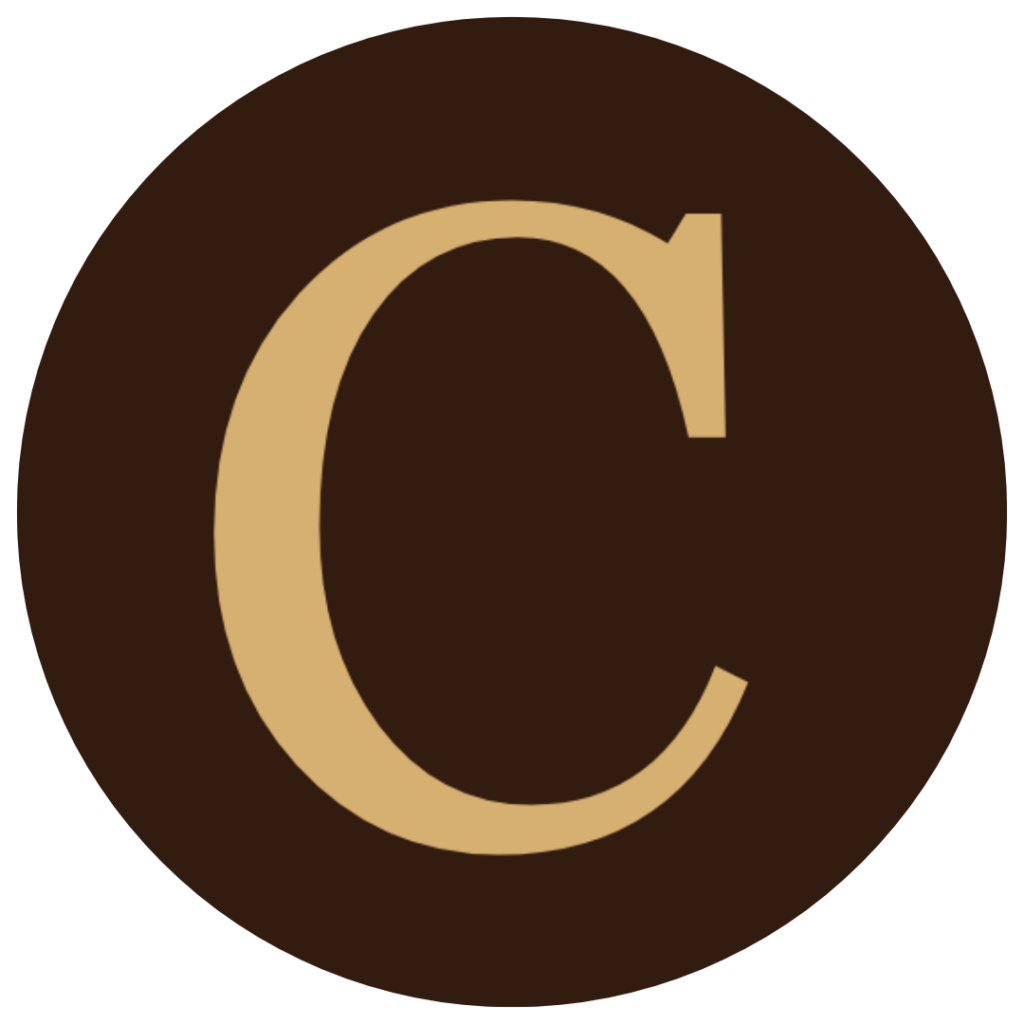By: Leah Campbell
Smoke and fire damage to your home can be not only emotionally challenging but also a risk to your physical safety. Fire damage may affect the structural integrity of your home, while smoke damage can introduce toxic chemicals into the environment. Even a small kitchen fire could pose potential risks to your family’s health and wellbeing.
While house fires are a difficult subject to consider, understanding the risks can help you take the necessary precautions and respond appropriately if something happens. In certain situations, professional fire damage restoration might help restore your home to a livable condition. In this article, we discuss the potential dangers of smoke and fire damage and how you can protect your home and loved ones.
Unsafe, Compromised Structure
After a fire, some individuals may choose to remain in their homes to avoid the expense of restoration, particularly if the fire was small. However, this decision can put you and your family at risk. Even a relatively minor fire can create temperatures up to 1100°F, which could cause damage to structural elements like walls and floors. Additionally, high-pressure hoses used by firefighters to extinguish the flames may contribute to further weakening the structure. As a result, even if the damage isn’t immediately visible, the safety of the home may be compromised. It’s advisable to contact a restoration professional for an assessment of the situation to determine the best course of action.
Possibility of Mold Growth
It might seem surprising that mold growth could become an issue after a fire, but water used to put out the flames can provide the right conditions for mold to thrive. Other factors, such as organic materials like wood furniture and ideal temperature conditions (around 70°F), can contribute to mold growth, particularly in concealed areas such as basements. In some cases, mold may begin to develop if water remains in certain parts of the house.
Release of Asbestos Particles
Asbestos was commonly used in older homes as an insulating material. When left undisturbed, it’s generally safe. However, a house fire can disturb these materials, releasing dangerous microscopic fibers into the air. Long-term exposure to these fibers can lead to respiratory issues and, in some cases, cancers like mesothelioma. If your home was built with asbestos-containing materials, it’s important to consider the potential risks posed by a fire.
Risk of Debris
A fire often leaves behind debris, such as broken glass, damaged furniture, and exposed metal parts, like nails and screws. This debris can pose trip hazards and increase the likelihood of injury. For example, stepping on an exposed nail could cause a puncture wound, which would require attention to prevent infection. If you have been affected by a fire, it’s crucial to be aware of these potential hazards when moving through your home.
Smoke Damage: A Hidden Danger
Even if smoke damage is not visible, it can still be dangerous. Smoke from any fire contains carbon monoxide and carbon dioxide, which can be harmful to health. Additionally, a fire may disturb asbestos or release other harmful chemicals into the air. These substances can settle in your furniture, clothing, and the structure of your home, such as insulation, electrical sockets, and HVAC vents. The long-term presence of these particles can pose health risks if not properly addressed.
Immediate Effects of Smoke Inhalation
Smoke inhalation can cause eye irritation, throat irritation, reduced alertness, and breathing difficulties. Individuals with pre-existing respiratory or heart conditions may be particularly vulnerable. Children, the elderly, and pregnant women are also more likely to experience adverse effects from smoke inhalation. Prolonged exposure to smoke or living in a smoke-damaged environment could potentially contribute to chronic health issues.
What To Do After A House Fire
Following a house fire, it can be difficult to know exactly what steps to take. Once everyone is safe and accounted for, here are some suggested actions to consider:
- Only enter your home if the authorities have given you permission to do so.
- If you’re allowed to enter, document the damage by taking photos.
- Contact your insurance company to start the claims process. They can provide suggestions for reputable restoration companies.
- Reach out to your utility providers to turn off gas, electricity, and water to prevent further issues.
- Let loved ones know you’re safe and inform them of the situation.
Restore Safety To Your Home
If your home has been affected by fire or smoke, it may be beneficial to contact a professional restoration company to assess the damage and ensure that your property is safe again. Even if the fire was small, it’s important to be mindful of the potential hazards and to address them in a timely manner. A trained restoration team can identify risks and help restore your home to a safer condition.
This article was written by Leah Campbell at Third Loft Marketing.









